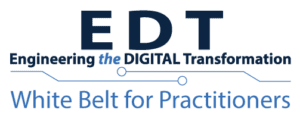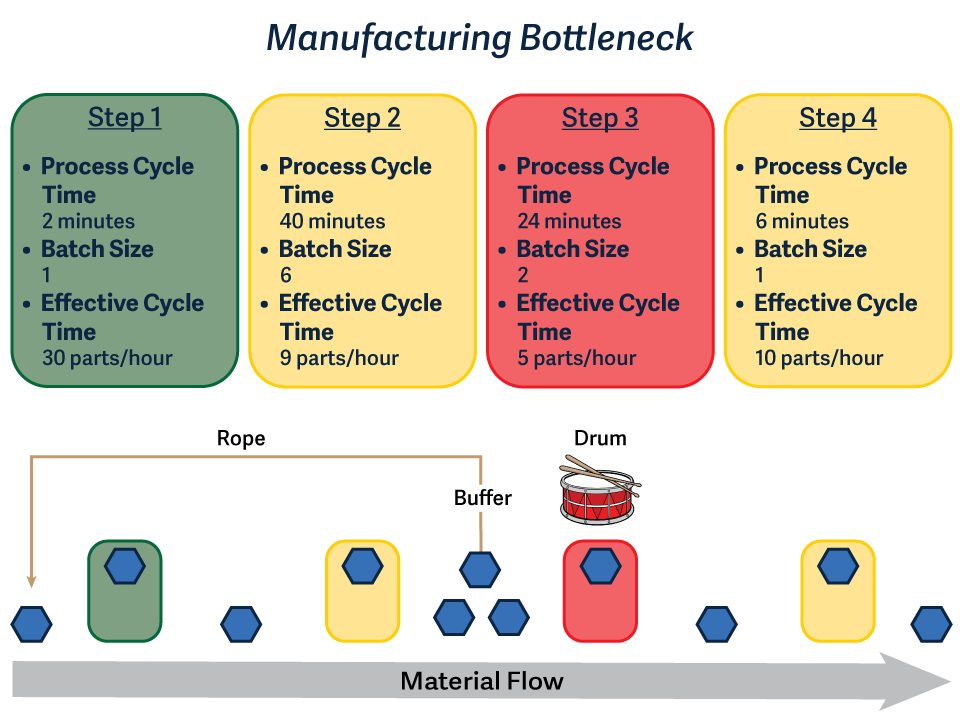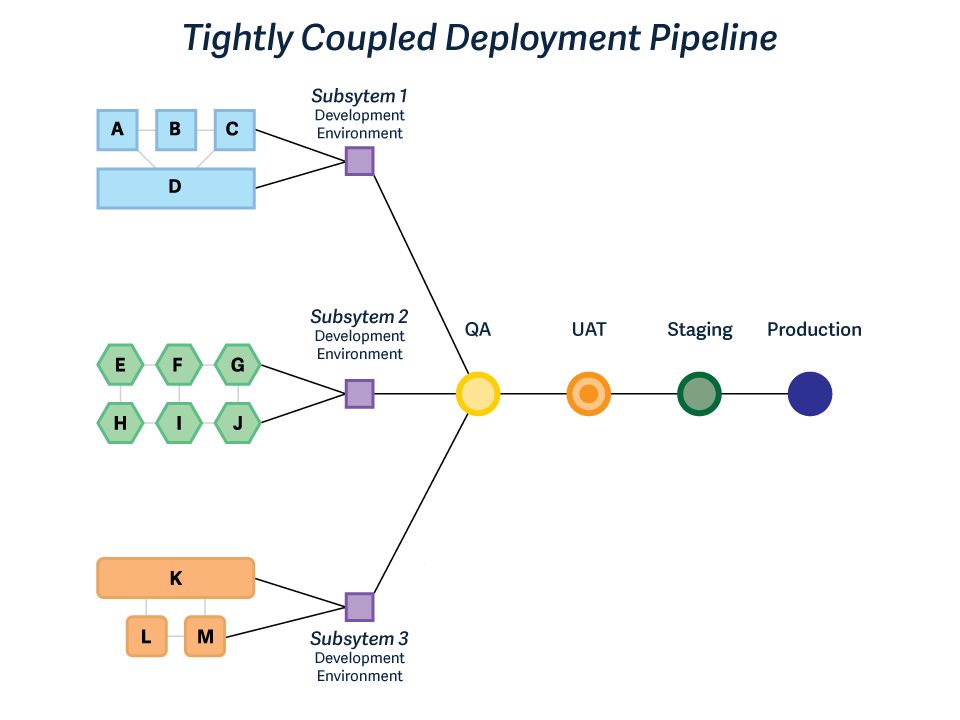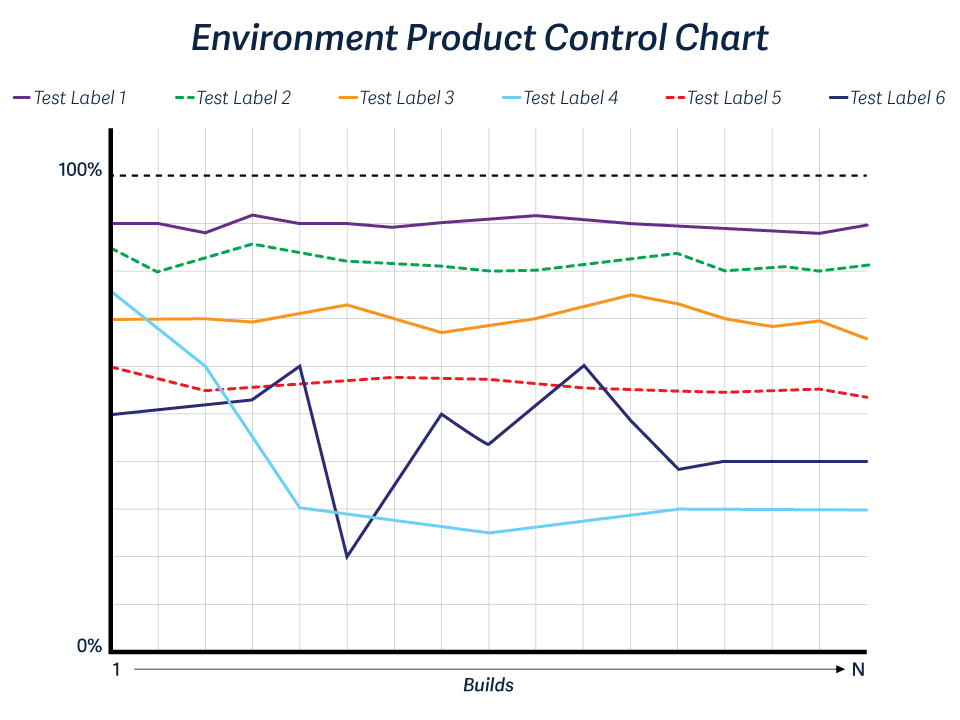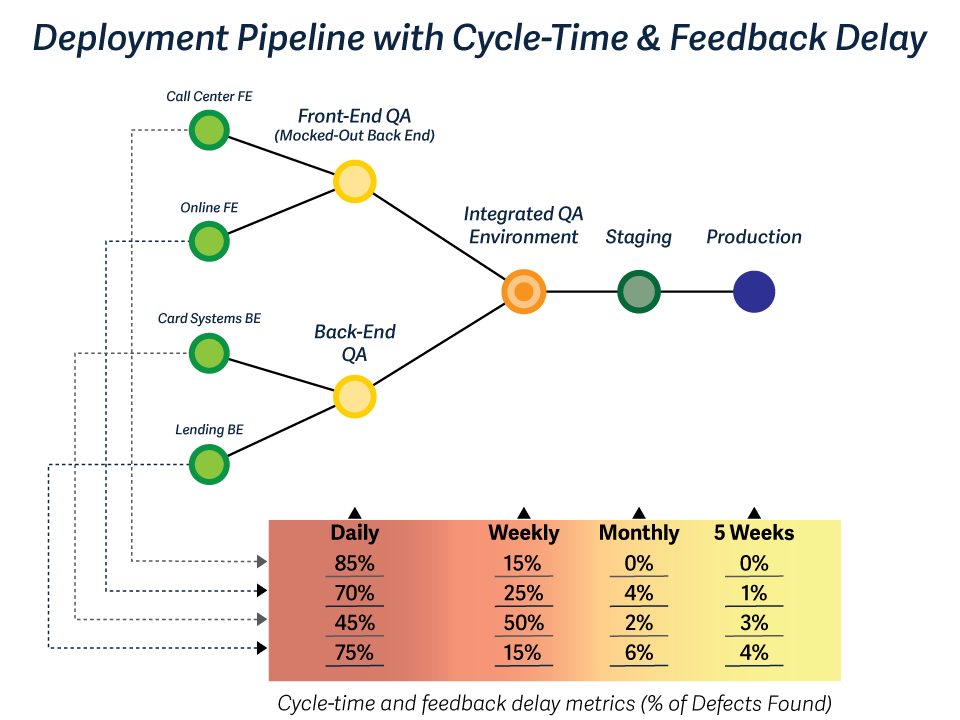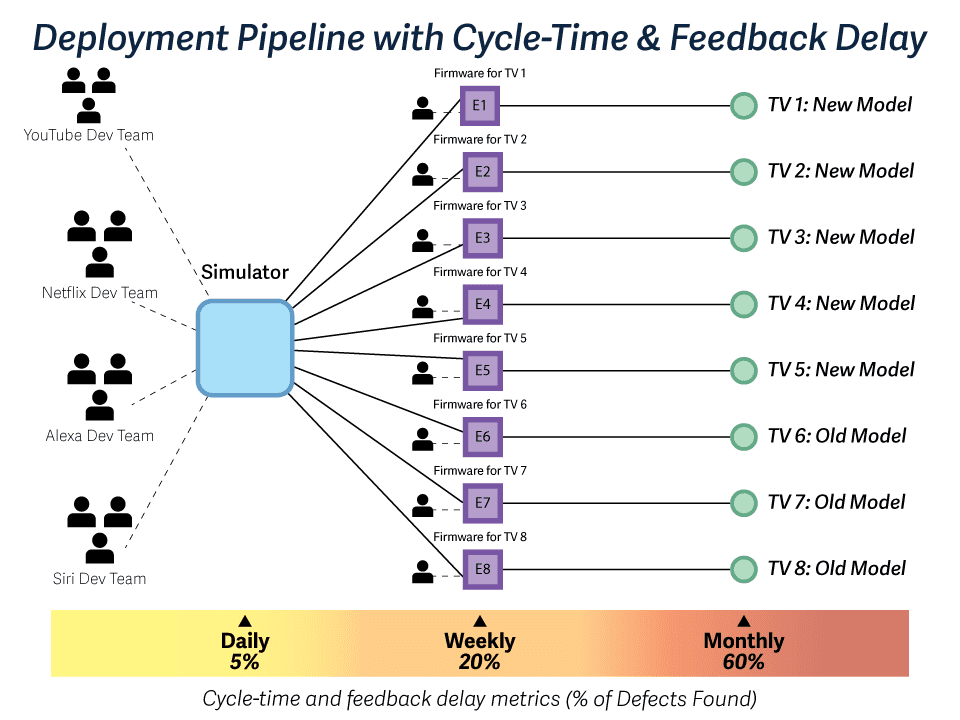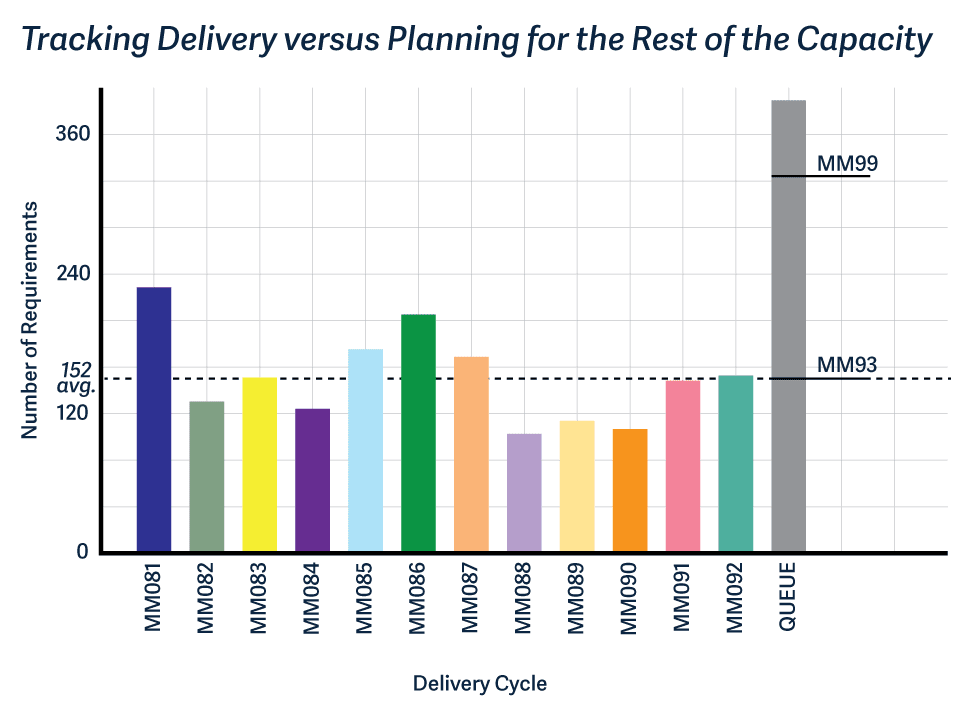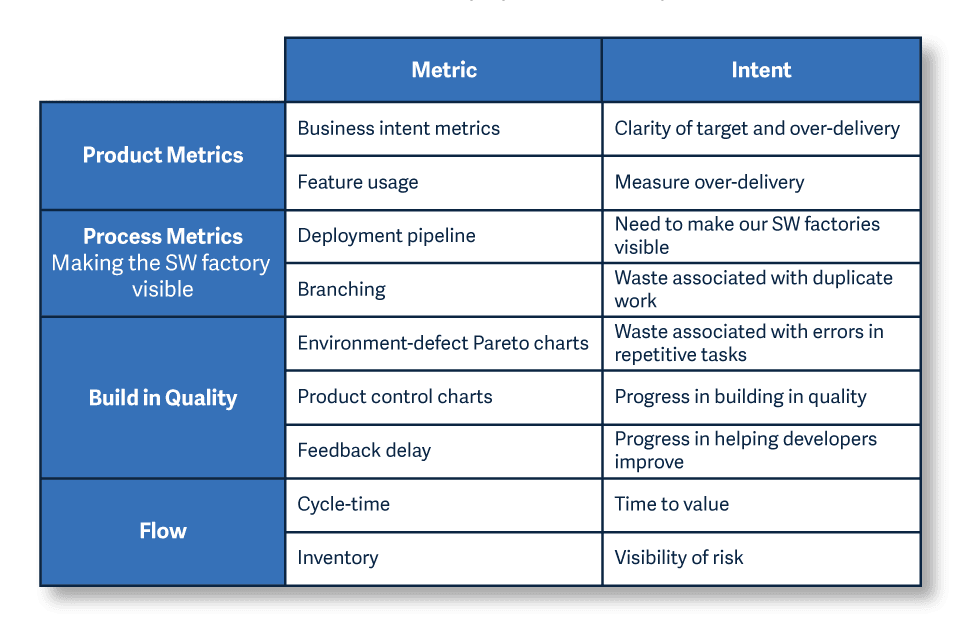Engineering the Digital Transformation has two online White Belt Certification courses—one for leaders and one for practitioners. Both versions provide a common approach that enables people in large organizations to quickly align on their specific priorities for driving improvements.
Through a series of videos, modules, knowledge checks, and assessments, this course will prepare you to begin your journey to making your deployment pipeline visible, building in quality, optimizing workflow, and identifying inefficiencies in your process. Through scenario-based assessments, you’ll apply the skills you’ve learned to identify issues commonly seen in the industry. This rigorous training teaches a systematic approach to analyzing a broad range of applications.
Because it is a CBT program that can easily integrate with learning management systems, it can be used across a large organization quickly and efficiently, and gives everyone a common language and approach for thinking about the problem, motivating people to further complete Green and Black Belt Certifications.


